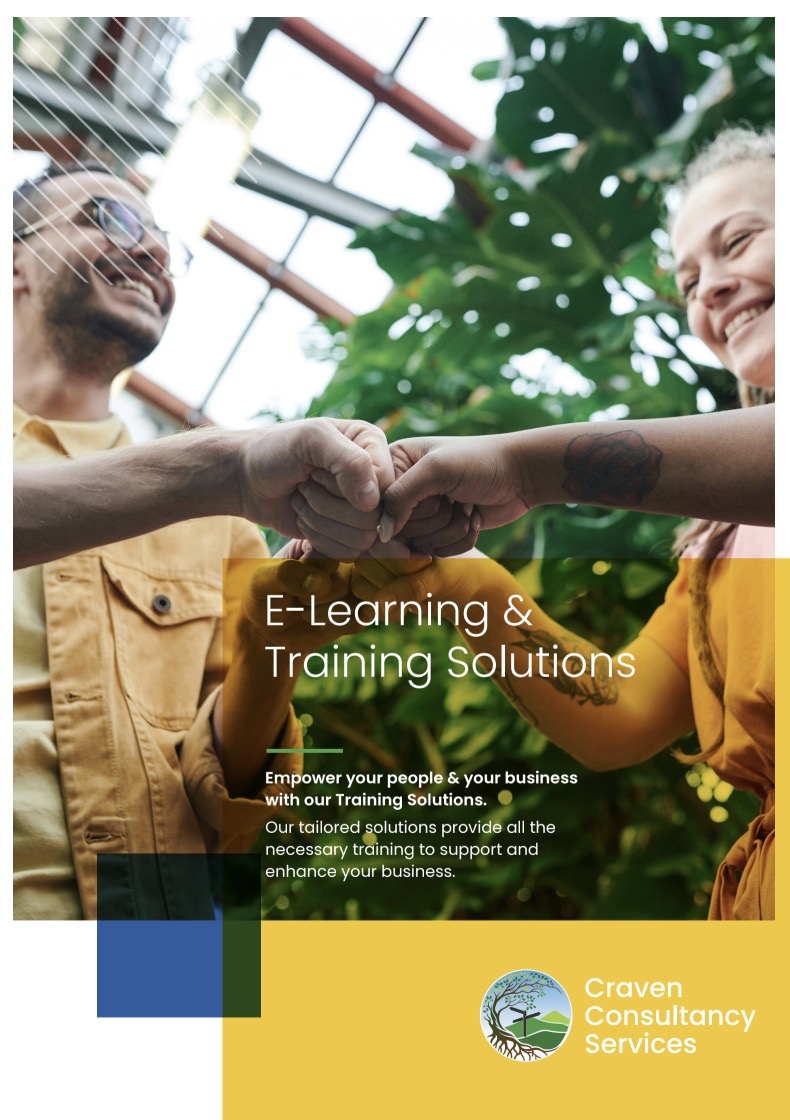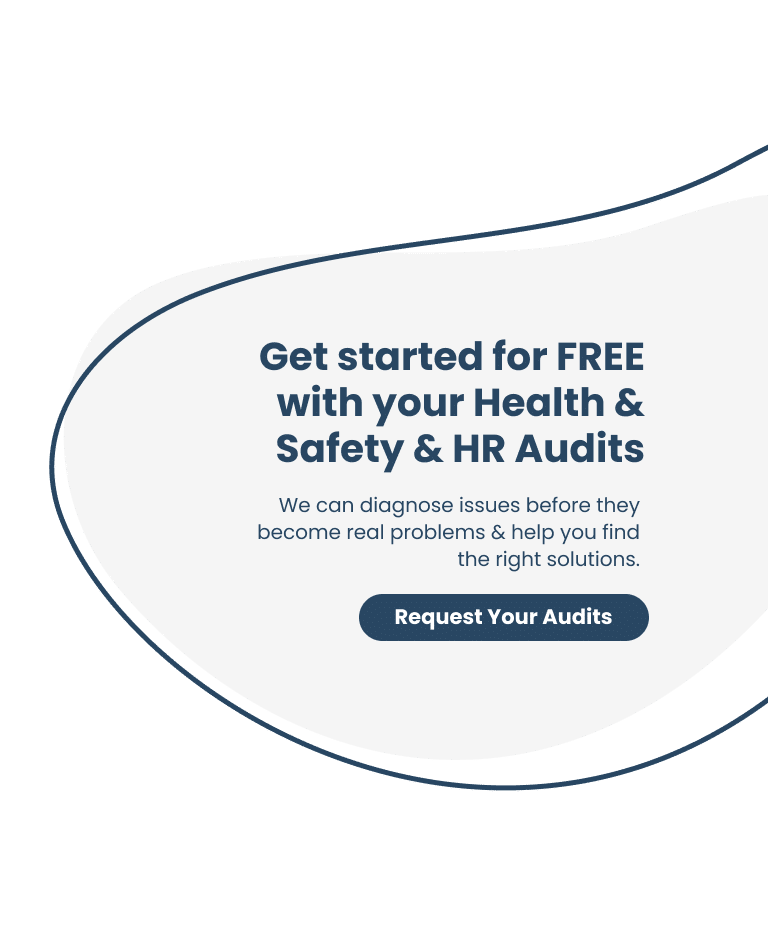Work Related Stress
Did you know that Employers have a legal duty to protect employees from stress at work by doing a risk assessment and acting on it. If you have fewer than five workers you don’t have to write anything down. But it is useful to do this, so you can review it later, for example if something changes. If you have five or more workers, you are required by law to write the risk assessment down.
Stress Risk Assessment – Legal Requirement
A Stress Risk Assessment is not a generic risk assessment that you can just put your company name on and adopt wholesale without any thought. This would not satisfy the law – and would not be effective in protecting people. Every business is different – you need to think through the hazards and controls required in your business for yourself.
You should review your risk assessment if anything changes (eg following a case of stress-related ill health in the workplace or if there are any significant changes, such as new work activities).
Whether an employer is a small business or a large corporation, the law requires all employers to assess the risk of work-related stress and to put steps in place to tackle those risks.
Research has shown work-related stress to have adverse effects for organisations in terms of:
- Employee Commitment to work;
- Staff Performance and Productivity;
- Attendance Levels;
- Staff Recruitment and Retention;
- Accident Rates;
- Customer Satisfaction;
- Organisational Image and Reputation;
- Potential litigation.
It is also worth thinking about the impact that work-related stress could have on your unit or team. For example, losing one colleague for an extended period with a stress-related illness can have a dramatic impact on the workload and morale of the rest of the team. By taking action to tackle the causes of stress in your workplace, tackling work-related stress using the Management Standards approach you can prevent or reduce the impact of these problems on your organisation. Work-related stress, anxiety and depression were responsible for the loss of more than 15.4 million working days in Great Britain at a conservative cost of £5.2 billion.
Legal Requirement – Stress Risk Assessment
- Employers have a legal duty to protect employees from stress at work by doing a risk assessment and acting on it. If you have fewer than five workers you don’t have to write anything down. But it is useful to do this, so you can review it later, for example if something changes. If you have five or more workers, you are required by law to write the risk assessment down.
- Any paperwork you produce should help you communicate and manage the risks in your business. For most people this does not need to be a big exercise – just note the main points about the significant risks and what you decided.
- A Stress Risk Assessment is not a generic risk assessment that you can just put your company name on and adopt wholesale without any thought. This would not satisfy the law – and would not be effective in protecting people. Every business is different – you need to think through the hazards and controls required in your business for yourself.
- You should review your risk assessment if anything changes (eg following a case of stress-related ill health in the workplace or if there are any significant changes, such as new work activities).
- Whether an employer is a small business or a large corporation, the law requires all employers to assess the risk of work-related stress and to put steps in place to tackle those risks.
Senior Management Buy in & Commitment
To develop a Positive Wellbeing Culture – Senior Management must lead to initiate and support a workplace culture that embraces health in all aspects and doesn’t differentiate mental health and physical health at any costs. This will encourage the employees of mental health issues to come forward without any fear of discrimination.
To identify whether there is a problem, it is good practice for the management team; to look at the HSE’s stress web pages at www.hse.gov.uk/stress , to learn about stress risk factors.
Can of Worms?
Senior Managers can be cynical and negative about the Stress Risk Assessment process, fearing it will open a ‘can of worms’. Despite all the publicity and good quality information that is available now about stress as a health and safety issue that has to be addressed, many managers still ‘don’t believe in stress’ or fear the consequences of ‘doing a survey on stress’. Usually, this is because of misconceptions about what stress is and how it is managed, and irrational fears about what will happen if stress problems are made public.
In any organisation considering doing a Stress Risk Assessment, it is vital to confront these fears and misconceptions and to gain management commitment.
One of the key areas to explain is about risk. Managers manage risks on a daily basis and explaining stress in terms of risk management stands a much better chance of success. Also, it’s important to explain the business benefits and reduced costs that will result from seeing the process through.
What are the Management Standards?
HSE’s Management Standards represent a set of conditions that, if present:
- Demonstrate good practice through a step-by-step risk assessment approach;
- Allow assessment of the current situation using pre-existing data, surveys and other techniques;
- Promote active discussion and working in partnership with employees and their representatives, to help decide on practical improvements that can be made.
Help simplify risk assessment for work-related stress by:
- identifying the main risk factors;
- helping employers focus on the underlying causes and their prevention;
- providing a yardstick by which organisations can gauge their performance in tackling the key causes of stress.
They cover six key areas of work design that, if not properly managed, are associated with poor health, lower productivity and increased accident and sickness absence rates. The Management Standards are:
- Demands – this includes issues such as workload, work patterns and the work environment
- Control – how much say the person has in the way they do their work
- Support – this includes the encouragement, sponsorship and resources provided by the organisation, line management and colleagues
- Relationships – this includes promoting positive working to avoid conflict and dealing with unacceptable behaviour
- Role – whether people understand their role within the organisation and whether the organisation ensures that they do not have conflicting roles
- Change – how organisational change (large or small) is managed and communicated in the organisation
Health & Wellbeing Strategy – The Business Case
There is always a degree of resistance with regards to employee wellbeing; workplace wellbeing strategies and initiatives, particularly for SME’s – there is always something more important to spend the money on, or is there? Traditionally, when articulating the business case for managing people’s health, employers focused on quantifying the negative impact of ill health such as the cost of sickness absence. Recent thinking reflects a more positive business case, and growing evidence showing a positive link between the introduction of wellness programmes in the workplace and improved engagement and performance levels.
The top three benefits of employers increasing their focus on employee wellbeing:
- A healthier and more inclusive culture;
- Better work-life balance;
- Better employee morale and engagement.
For SME’s ideally, we would suggest implementing the following (as a start);
- Stress Risk Assessment – Legal Requirement;
- Wellbeing in the Workplace Policy;
- Employee Assistance Programme (EAP).
What else can we offer?
- Stress Risk Assessment Action Plan
We can work alongside you in partnership to implement an Workplace Wellbeing Action Plan and implement best and good practice wellbeing solutions and initiatives to protect both your business and your people.
2. Discounted Employee Assistance Programme (EAP)
What is an EAP?
EAP’s are employee benefit programmes offered by many employers. EAP are intended to help employees deal with personal problems that might adversely impact their work performance, health and wellbeing. EAP generally include assessment, short-term counselling and referral services for employees and their immediate family – wherever they are in the world.
We can offer very Competitive Partnership Pricing for EAP’s – We’re an authorised broker of the Health Assured Employee Assistance Programme (EAP) offering immediate support, trauma management and information on finance, debt or medical advice.
What do I need to do ?
Please contact Health Assured direct on; 0161 836 9886, mention Craven Consultancy Services to obtain your competitive quote or contact us direct to discuss and we can administer the services for you.
3. Health & Wellbeing in the Workplace Policy
We can provide a comprehensive policy that is perfect and achievable for any SME, this will help, support and guide you as a business to safeguarding employee health and wellbeing. The cost for a Policy is £100 + VAT.
4. Other Wellbeing Services;
- Diversity, Equality & Inclusion Training
- Line Manager Training
- Staff Satisfaction Survey
- Stress Management Training
- Signpost to MHFA (Mental Health First Aider) Providers
5. Other Wellbeing Related Policies;
- Diversity, Equality & Inclusion Policy
- Flexible Working Policy
- Exit Interview Process
- Menopause Policy
- Onboarding (inc. Induction) Procedures
- Staff Handbook
Workplace Wellbeing Strategies
There’s no ‘one-size-fits-all’ approach to designing a Health and Wellbeing strategy; its content should be based on the unique needs and characteristics of the organisation and its workforce.
We would be happy to support you by talking and taking you through the Stress Risk Assessment step by step.
Read more about the CIPD’s Health & Wellbeing At Work Annual Survey Results Health and wellbeing at work | CIPD

Unsure about where to start with a Stress Risk Assessment? Worry not, we can support you through the process step by step.
A Stress Risk Assessment & Support Toolkit can be carried out online or face-face and starts from £250 + VAT.














